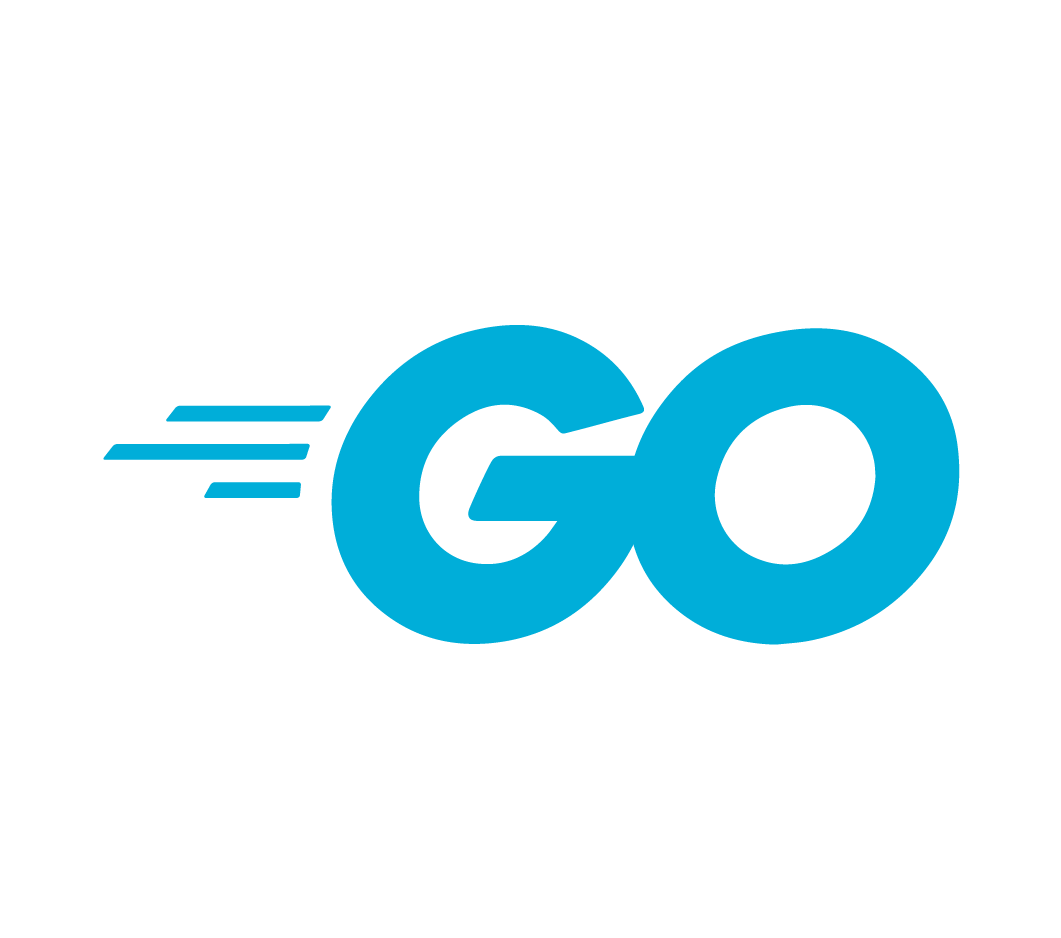Dependency Injection in Go - Part 1
Dependency injection (DI) is a software development technique that revolves around providing dependencies to an object from external sources rather than creating them within the object itself. It can also be simplified as a programming pattern in which an object receives other objects that it depends on to function. This is based on the inversion of control (IoC) principle of software engineering.
This article delves into the world of DI in Go, exploring its numerous benefits and potential drawbacks. Additionally, it explores popular approaches and toolkits utilized in implementing dependency injection in Go, empowering developers to effectively leverage this technique.

What Is Dependency Injection?
Dependency Injection Made Easy - Building Cleaner Software.

Injection During Initialization
DI - The Key to Efficient Object Creation.

Benefits & Drawbacks of Dependency Injection
Unveiling the Benefits (and Challenges) of Dependency Injection.

Implementing Dependency Injection in Go
Leveraging Popular Frameworks for Dependency Injection Implementation.

Dependency Injection with Dig
Digging into Dependency Injection - Unleashing the Power of Dig in Go.

Testing
Strategies for Effective Code Testing and Maintenance.

Conclusion
Key Takeaways and Next Steps.
